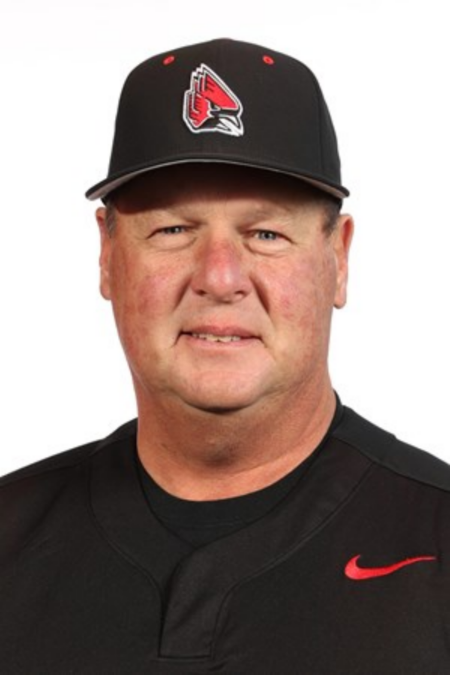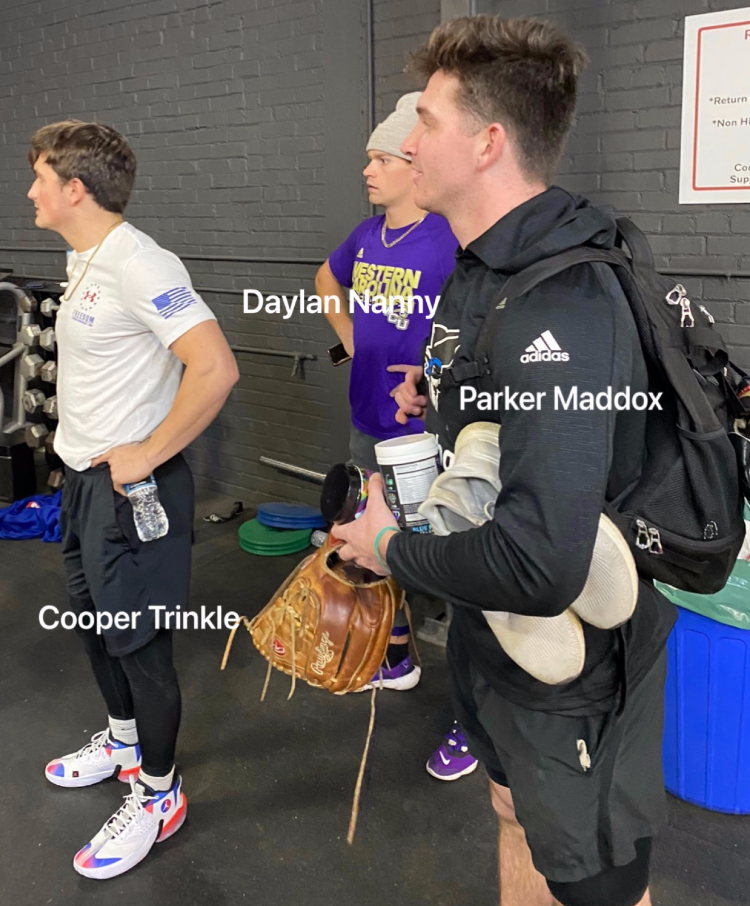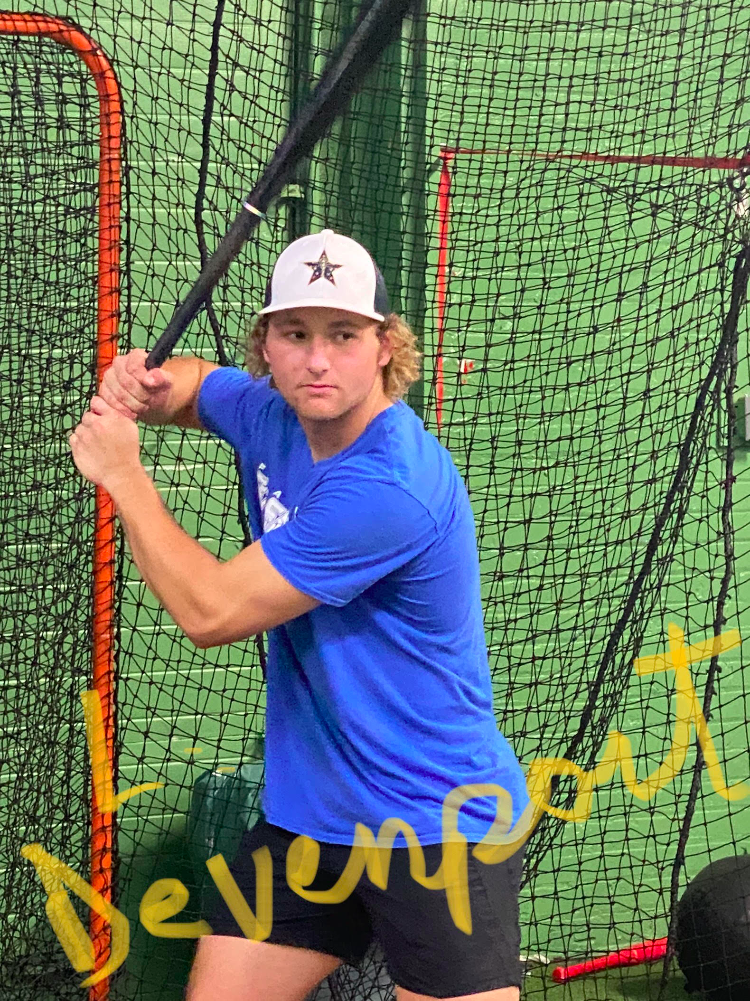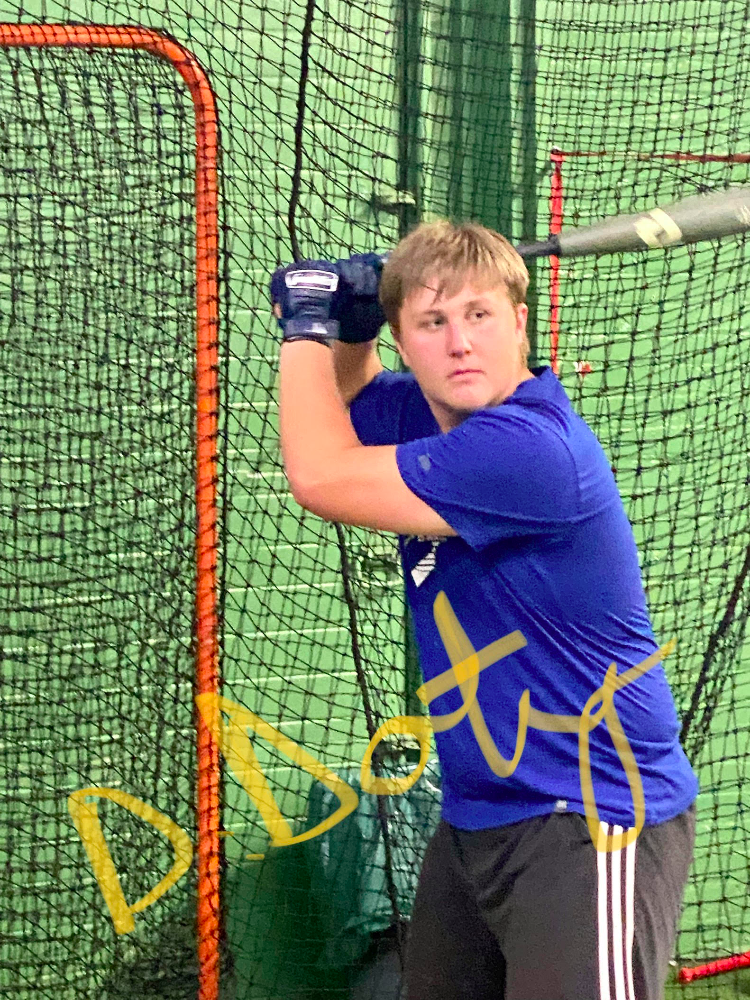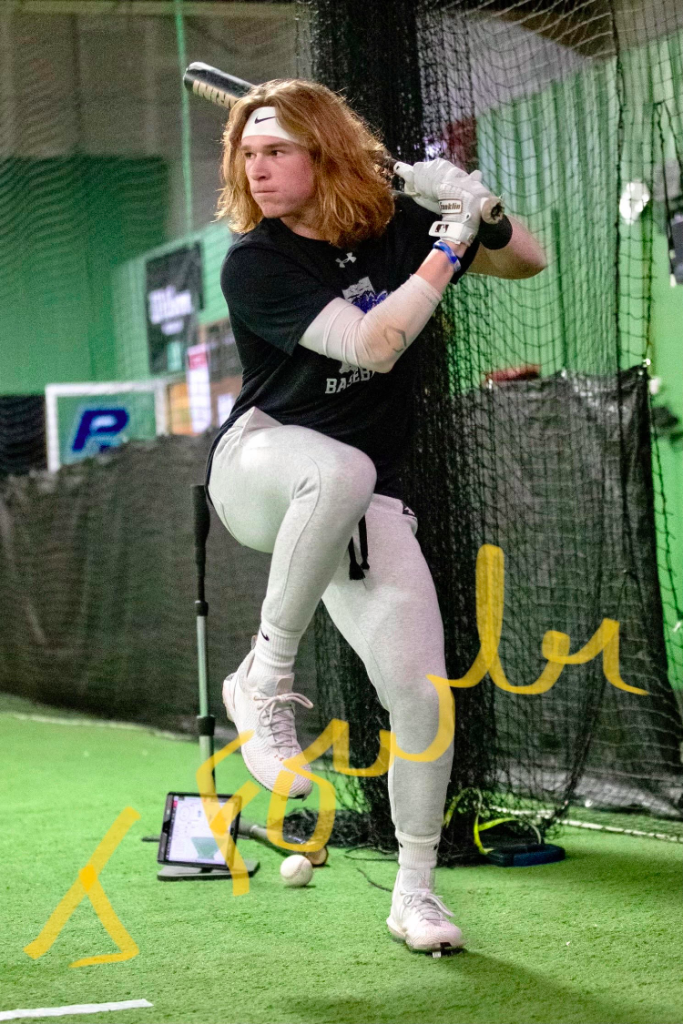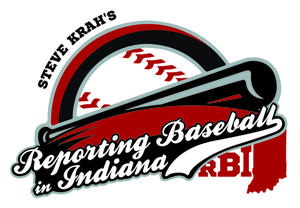
BY STEVE KRAH
Austin Pizer is scheduled to make a spot start on the mound today (April 30) for the Benedictine University Eagles. A doubleheader is slated for noon Central Time at Illinois Tech in Chicago.
Whenever the junior right-hander takes to the hill, he has a few keys in his mind that he takes from Ben U. pitching coach Adam O’Malley.
“Throw everything with confidence,” says Pizer. “We’ve worked really hard to command the baseball and worked on the pitch shapes. Now I have to go to trust it. We know the stuff is there, we just to be able to throw every pitch in every count, have confidence in myself and the defense that we’re going to get the job done.”
The Eagles use Rapsodo camera/radar technology.
“It gives us all the data we could ever imagine for pitching,” says Pizer, who has used feedback on release height and movement patterns to help him throw more strikes.
“I want to limit the walks,” says Pizer. “That’s been a big key this year.”
In 13 appearances (12 out of the bullpen), Pizer is 4-1 with four saves, a 1.93 earned run average, 29 strikeouts and seven walks in 32 2/3 innings. Opponents hit .248 against the 5-foot-10, 200-pounder.
Benedictine, an NCAA Division III program steered by Adam Smith, is 25-9 overall and 14-6 in the Northern Athletics Collegiate Conference. The Eagles are working to improve their seeding before the eight-team NACC tournament played at home in Lisle, Ill.
Pizer delivers the baseball sidearm.
From there, he mixes a two-seam fastball, slider and change-up.
The two-seamer is a strictly horizontal pitch — moving 9-to-3 on the clock face — with arm-side run. It’s topped at 84 mph and sits at 81 to 83.
The slider has very little to no vertical break.
“The two-seam and slider play very well off each other,” says Pizer.
Since he has dropped down, it’s not a typical “circle” change that comes from Pizer.
“It drops a little more on the back foot of a righty that a traditional change-up,” says Pizer.
Throwing with minor discomfort during his first season at Benedictine, Pizer got into nine games (all in relief) and was 2-0 with one save, a 4.66 ERA, 15 strikeouts and five walks in 19 1/3 innings. He followed that up in 2023 with five bullpen appearances, a 0-0 record, a save 11.12 ERA, five K’s and five walks in 5 2/3 innings.
Born in Munster, Ind., Pizer grew up in Highland, Ind.
From age 7 to 13, he played both at Highland Little League and for much of that time with the traveling Highland Heat.
His 14U season found him with the New Lenox (Ill.) Rebels. From 15U to 17U, he played for the Cangelosi Sparks.
He was injured his freshman year (2018) at Highland High School. Pizer was on varsity as a sophomore (2019) and senior (2021). The COVID-19 pandemic took away his junior season in 2020.
John Bogner was Highland’s head coach.
“He’s a great guy,” says Pizer of Bogner, who is now head coach at Chesterton (Ind.) High School. “He’s really, really passionate about what he does. I definitely would not be where I am now without him.
“He put a really big emphasis playing the game the right way. That’s one of the things I respected most about him. Whether we were going to win or lose it was going to be with class and the right way. That’s something I carry with me to this day.”
If his arm continues to feel good, Pizer says he plans to return to the Northern League’s Lake County CornDogs for summer ball. He was with the Crown Point, Ind.- based team in 2023. He took the summer of 2022 off to rest his arm. That led to an MRI which led to surgery for a torn labrum in August 2022.
Pizer, 21, is Social Science major at Benedictine with an emphasis in History. His minor is Secondary Education.
“I’m a big fan of the Revolutionary War and Colonial America,” says Pizer. “That’s what I’m interested in.”
Older brother Zak Pizer, who briefly attended Benedictine, is a Social Studies teacher and first-year head baseball coach at Highland High.
Zak (who turns 24 in May) and Austin are the sons of Michael and Annamarie Pizer.
Austin roots for the Chicago White Sox. He admires many big leaguers.
“Tanner Houck of the (Boston) Red Sox is quickly becoming one of my favorite pitchers to watch,” says Pizer of the right-hander. “The way he throws and attacks the game is how I imagine myself to look like. We have a very similar pitch arsenal.
“I’ve always partial to (right-hander) Marcus Stroman (now with the New York Yankees) as well and how he competes. He’s an undersized guy. He plays with a lot of passion.
“That’s something I like to emulate.”
















